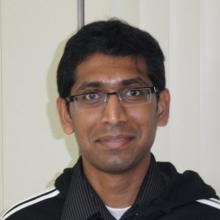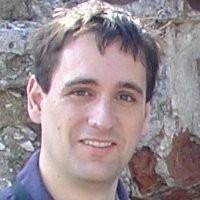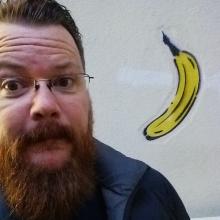Abstract
Designing systems that take advantage of modern platforms, tools, and techniques is critical for building scalable, evolvable applications that underpin businesses of all stripes. Leveraging those when your data is captured in a mainframe, which does not scale well, is challenging. Technical and architectural debt is often a stifling element and the momentum to modernize can be both hard to gain and to maintain.
This talk discusses how National Grid built an event driven system using change data capture on top of a DB2 mainframe to power a cloud native GraphQL API hosted in Azure.
National Grid uses mainframes to power their customer billing capabilities. These mainframes encompass decades of data and capabilities in a monolithic, inelastic system. Many business and customer channels rely on this data and functionality. The motivating application for our project is the customer web portal. Earlier iterations of the portal relied on direct synchronous calls to the mainframe. This constraint historically caused problems for scaling to their customer base’s needs on the web. Availability and performance were key challenges.
Our architecture works by disconnecting the needs of the web application from the constraints of the mainframe. This ‘system of reference’ is hosted in the cloud with modern tech and is far better suited to adapting to business and (by extension) customer needs. It is a foundation which can, and is, being built upon to modernize National Grid’s technology portfolio, with no direct dependency on the legacy systems underlying them.
- Change data capture enables near-real time synchronization
- The ‘Customer Graph’ system-of-reference provides capability to scale independently from mainframe and be resilient to on-prem volatility
- Asynchronous boundaries between cloud/on-prem resources decouples applications from connectivity/availability issues
- APIs developed with domain-driven design, providing multi-channel support for diverse business applications
Interview:
What is the focus of your work?
Jason: Cloud architecture and distributed systems
What’s the motivation for your talk?
Jason: Growth
Who is your talk for?
Jason: Senior engineers and architects
What do you want someone to walk away with from your presentation?
Jason: Ideas and context for creating innovation when dealing with legacy systems
What do you think is the next big disruption in software?
Jason: AI seems too obvious. I actually think it will be the second or third order effects of AI. Particularly around what types of skill sets AI-aided development foster in new generations of engineers.
Speaker

Jason Roberts
Lead Software Consultant @Thoughtworks, 15+ years in Software Development, Azure Solutions Architect Expert
With over 15 years of experience in software development, I am passionate about creating innovative solutions that deliver value. I have a strong background in systems thinking, event driven programming, cloud architecture, and evolutionary systems. I use these skills to lead the design and implementation of scalable, reliable, and maintainable systems and applications. At ThoughtWorks I work with clients to understand their needs, challenges, and opportunities, and lead teams to deliver high-quality software.
Find Jason Roberts at:
Speaker

Sonia Mathew
Director, Product Engineering @National Grid, 20+ Years in Tech
Sonia has spent over 20 years experience in Software Development leading teams , she is passionate about using technology to deliver value .She has a background in leading large transformational projects. She currently works at National Grid working on programs using cloud native architecture to serve Customer needs.







